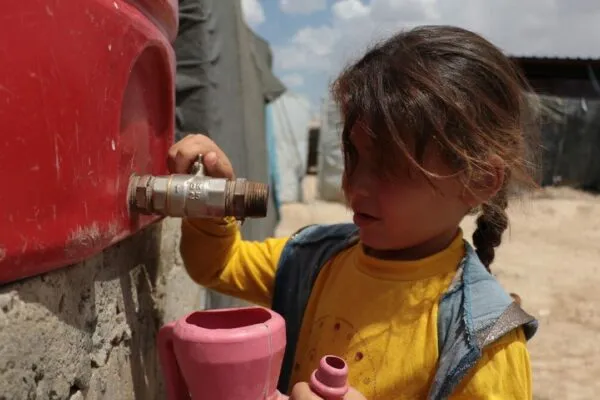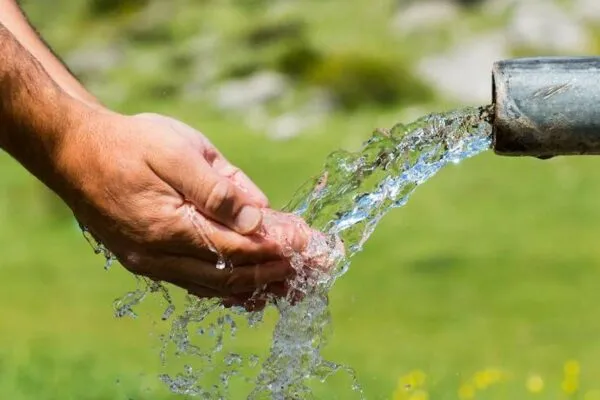Mindful Technologies Helping Solve Global Water Crisis
The world is facing water scarcity amid climate change, and fortunately, these 6 technological advancements are aiding humankind in meeting its drinking water requirement
Water conservation has become a hot and heavy topic in recent times. Drought and water scarcity are not new to humankind, but climate change has made them more frequent and severe. To meet the ever-rising demand for clean, drinking water – amid the global water crisis – technology has come to aid through a combination of innovation, electric power generation, flood prevention, pollution control and infrastructure planning.
The population explosion is stretching the ability to provide clean water for daily use, from agriculture and manufacturing to drinking water. Some innovations in water technology have made significant strides to solve the age-old issue of water pollution and water shortage.
Two of the most effective solutions are desalination and wastewater treatment. However, desalination is a very expensive venture, while people are too reluctant to consume recycled wastewater.
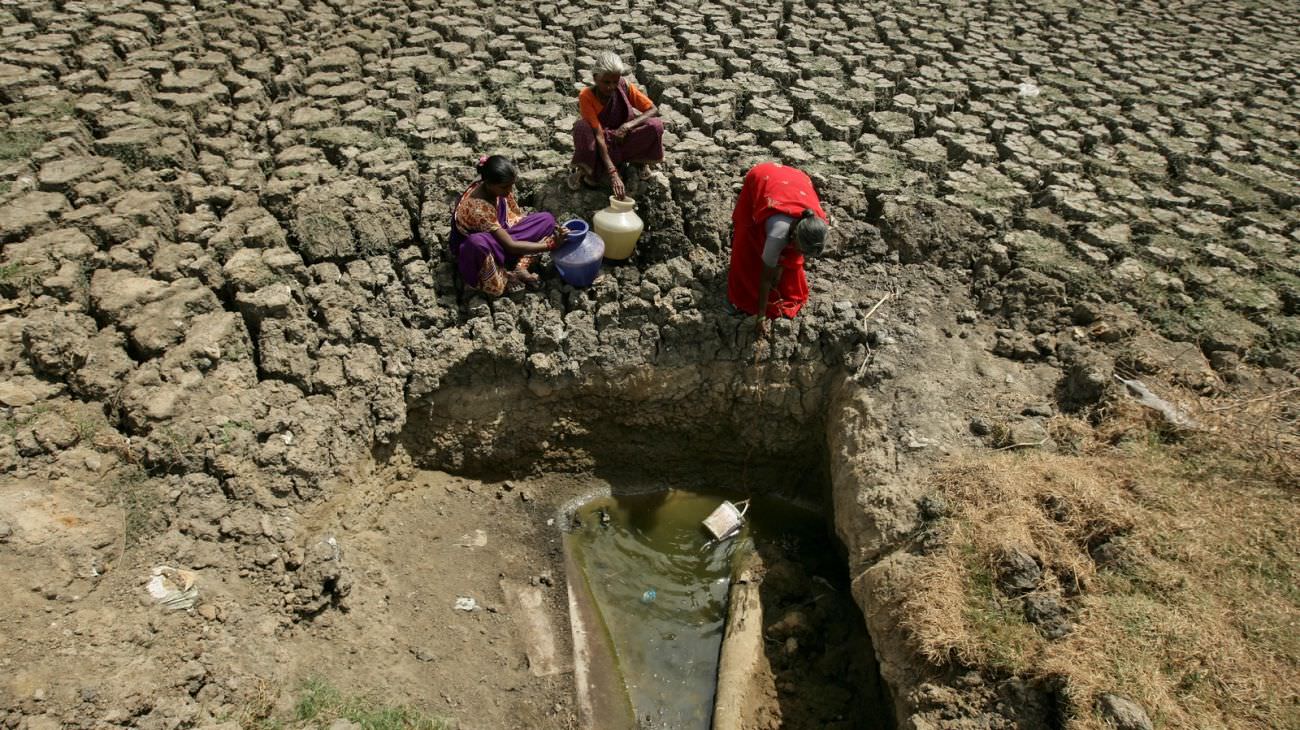
Image: Vice
According to a survey of 2,000 Americans, 49 percent were willing to test recycled wastewater, while 13 percent refused and the rest were not sure. Even after reliable proof that the water is safe to drink, the feeling of disgust is too overpowering.
Anyhow, researchers and various government facilities have come up with the following technological solutions to combat water scarcity. Amid the global water crisis, technology has come to humankind’s aid through a combination of ways to fulfill the ever-growing demand. Read on!
Toilet-to-Tap or Recycled Wastewater
As droughts are becoming a common occurrence across the planet, some governments aim to utilize the untapped source which is sewage water. Many experts believe that the future of water is recycled sewage, and will help solve the water crisis. Known in industry parlance as recycled wastewater and in layman terms as toilet to tap, this water source understandably instigates a revolting reaction from some people.
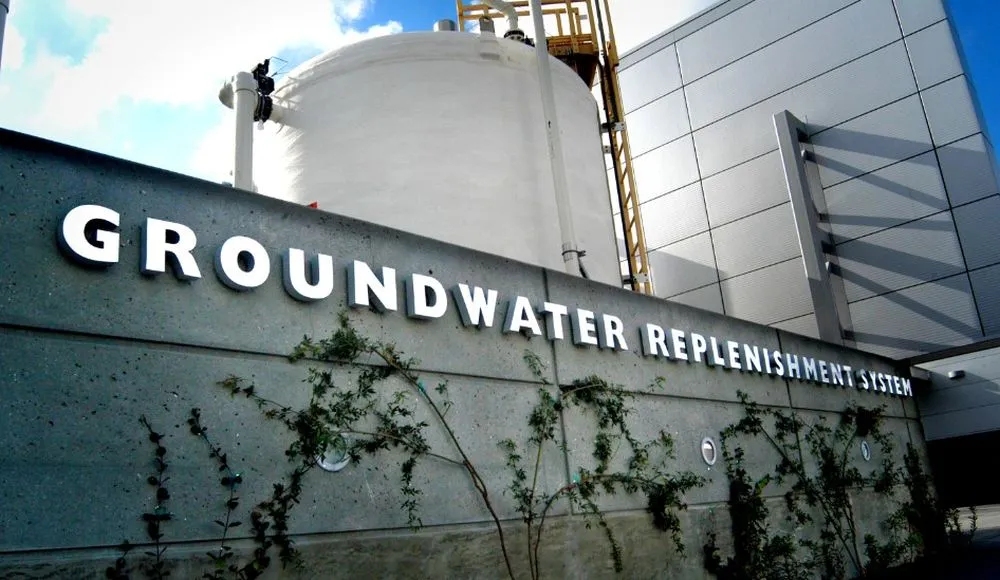
Image: Jim Kutzle/OCWD
However, recycled wastewater is swiftly becoming one of the most important parts of a drought-proof water supply in the climate change era. More importantly, it is as pure and delicious as anything you might buy bottled from the Swiss Alps. A handful of governments have already invested in the technology to tackle the global water crisis, including Singapore, South Africa, Belgium, California and Texas.
The toilet to tap project began in southern California years ago, which is facing yet another historic dry spell. California has long faced water insecurity, but the situation is now becoming increasingly severe. The severity of widespread summer drought is projected to almost triple.
Southern California is dependent on Northern California and the increasingly strained Colorado River for its water supply. Amid the water scarcity, the state is exploring other ways to meet its water demand and recycled wastewater has become a frontrunner.
Drinkable Book
What if a book could filter out 99 percent of contaminants from your water? Sounds intriguing and somewhat farfetched. However, Theresa Dankovich created the technology when she was researching antimicrobial paper as a Ph.D. candidate in chemistry at McGill University in Montreal, Quebec.
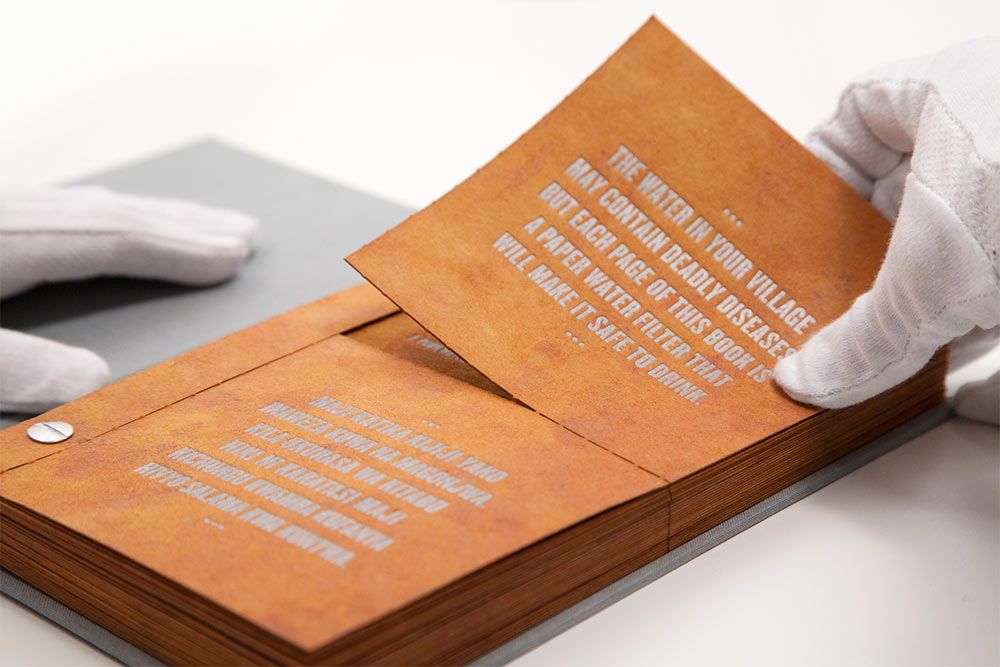
Image: Water is Life
A strange tool to cleanse the water, each page of Drinkable Book is implanted with silver or copper nanoparticles that kill bacteria when water goes through them. Each book contains enough filtrations sheets to offer clean water for four years.
Each page is stamped with brief messages about water safety. The message “The water in your village may contain deadly diseases. But each page of this book is a paper water filter that will make it safe to drink.” Has been printed in several local languages to make it widely known.
The pages of this book have been field-tested in five different countries eliminated 99.9 percent of bacteria that cause waterborne diseases, such as typhoid, cholera, hepatitis and E. coli. This innovative tech has been widely distributed in Kenya, Ghana, Haiti, Ethiopia, India and Tanzania.
Perforene Graphene Filters
Desalination has been too energy-consuming and expensive to function as a widespread solution for improving water access. To convert seawater into freshwater with a reduced energy cost, American aerospace, arms and technology corporation Lockheed Martin has developed and patented a Perforene graphene filter.
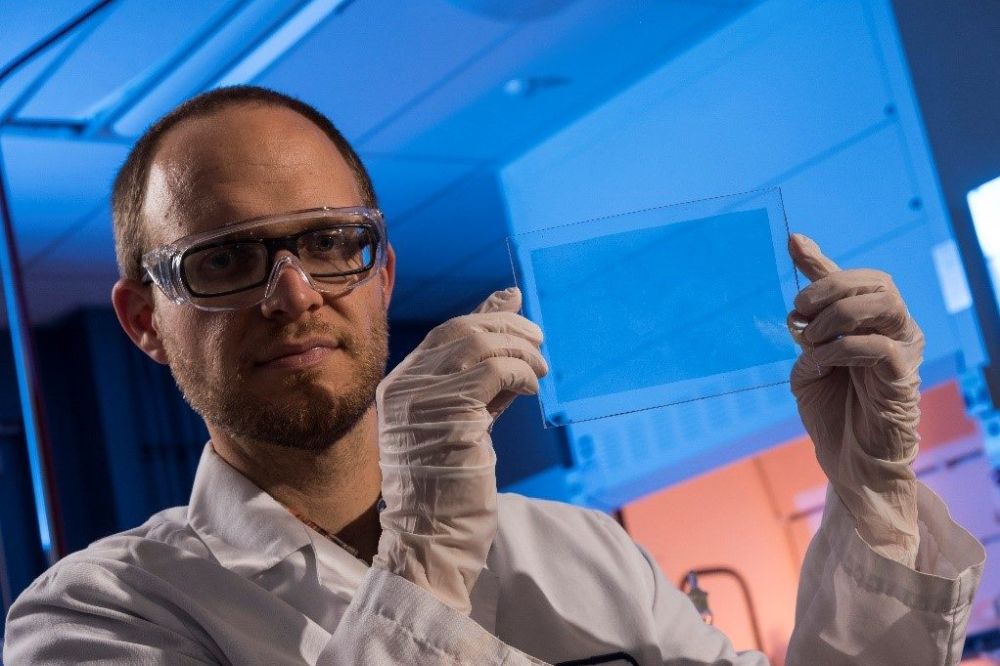
Image: Lockheed Martin
This filtration technology can reduce the energy cost of typical reverse osmosis desalination by 20 percent while resisting higher pressure and temperatures. It features a perforated, hyper-permeable filter that is one atom dense and claims to advance the flow of water by 500 percent compared to its counterparts.
This breakthrough technology will offer a cheaper and less energy-consuming desalination alternative in places where freshwater is not enough to meet demand. While seawater conversion should be the last resort, this technology can hugely benefit the industrial sector.
The WaterSeer
Looking like a well, the WaterSeer extracts water from the atmosphere instead of withdrawing groundwater. The device is fixed six feet below the surface, where a chamber is surrounded by cool earth.
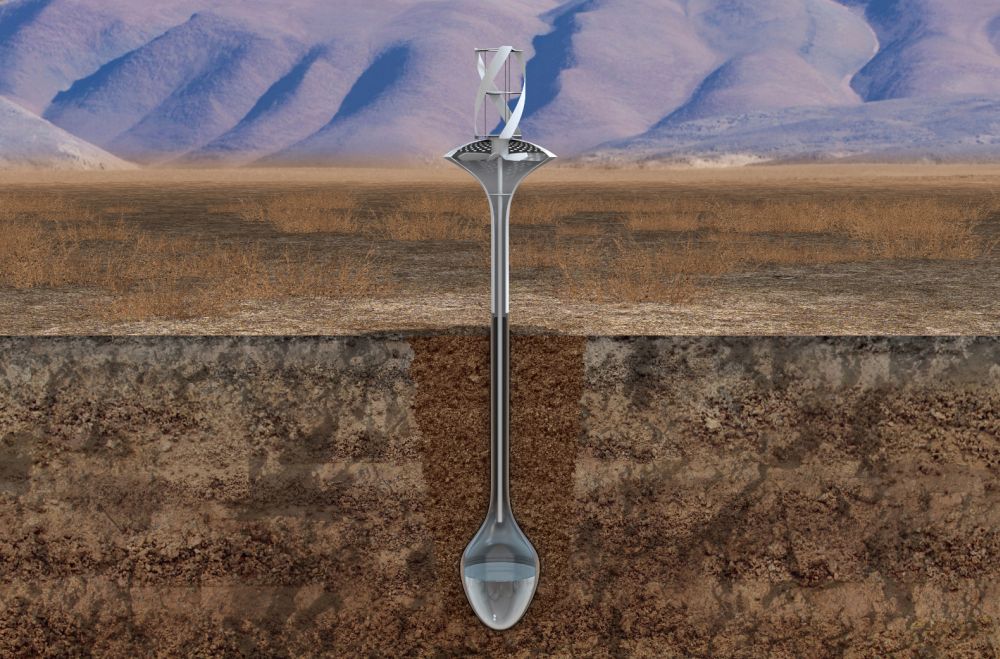
Image: The WaterSeer
The wind spins a turbine above the ground that rotates fan blades inside the device. The blades push the air into an inner condensation compartment, where the vapor condenses on the sides of the chamber as the warm air cools.
Thereafter, the water flows down to the lower cavity and can be extracted using a simple pump and hose, sort of like a hand pump. In favorable conditions, the device can gather 37 liters of water a day. The technology has emerged as a green, low-maintenance and mobile water solution to the growing water crisis.
Fog Catcher
It might sound bizarre to trap water vapors from fog and collect water, but it is an invention that is working brilliantly in desert regions like the Peruvian coast with a lack of water and rain. These regions witness a lot of fog, especially on the top of hills or at high places, making them suitable for fog catching.
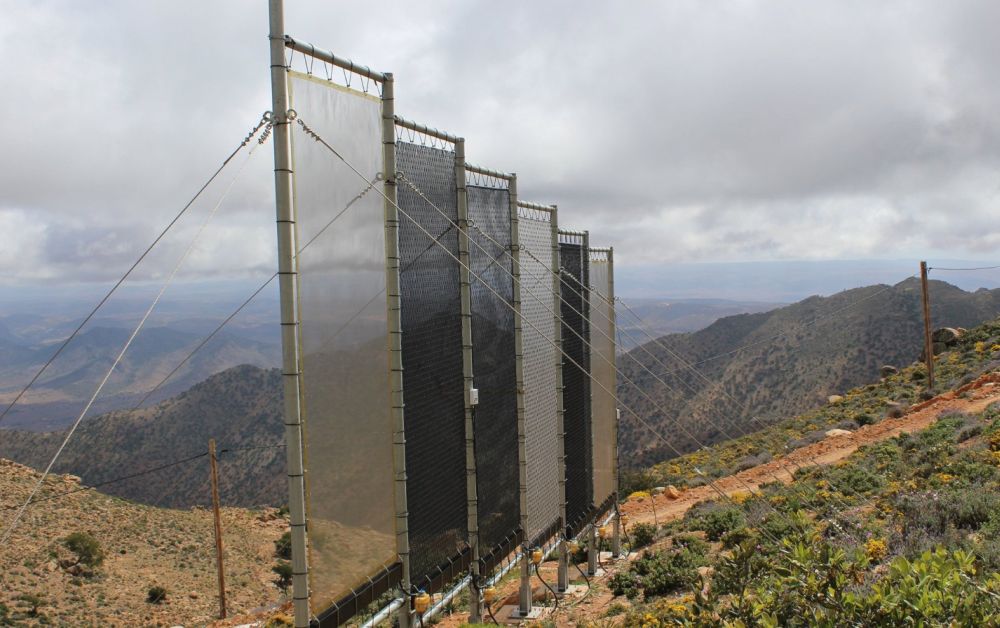
Image: Dar Si Hmad
These installations feature vast mesh nets that capture vapor from fog, which trickles into collection trays after condensation. First installed in South America fog catching systems also exist in Chile, Peru, Ghana, Eritrea, South Africa and California.
The largest installation of fog catchers on the slopes of Mount Boutmezguida, a microclimate in Morocco where 6,300 liters of water can be harvested each day. However, it only generates enough water to fulfill the needs of 160 people per day.
The Desolenator
With a new approach to meet the water demand, Desolenator works on decentralized, regenerative, ocean-safe and 100 percent solar-powered methodology. The technology uses solar energy to create high-quality water at scale.
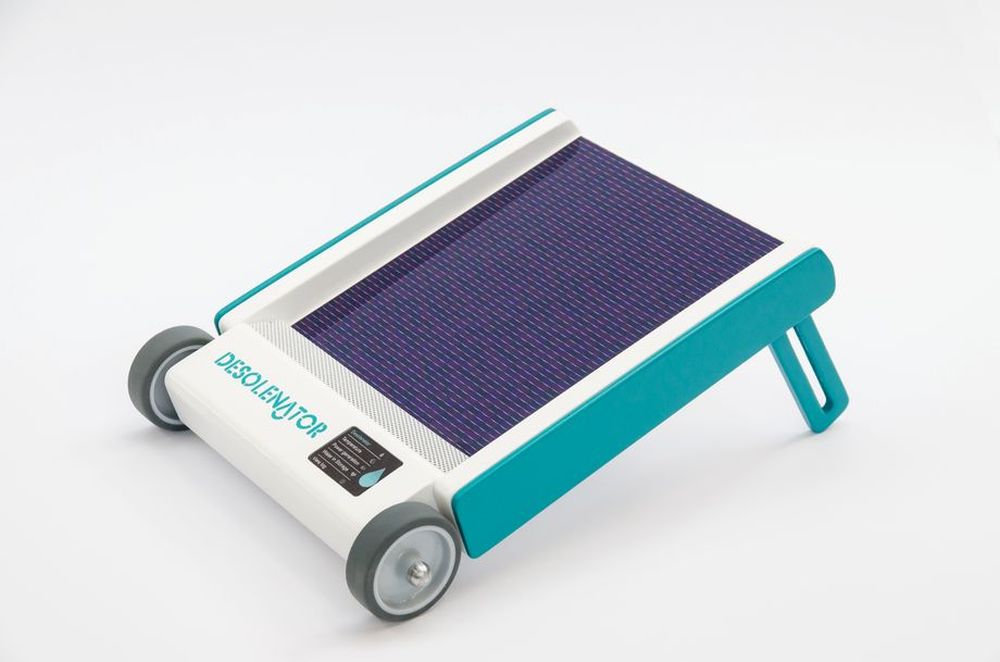
Image: Egon van der Linden/William Janssen
Desolenator is a Dubai-based Dutch-British company that has been developing solar-powered desalination technology. Their methods remove the energy-intensiveness and chemical results of outdated desalination methods and offer tech for evolved water provisioning. It aims to produce net-zero localized clean water that can help communities at risk achieve water independence.
The world is facing a severe water scarcity that will only aggravate, and when that happens, we better be prepared!
